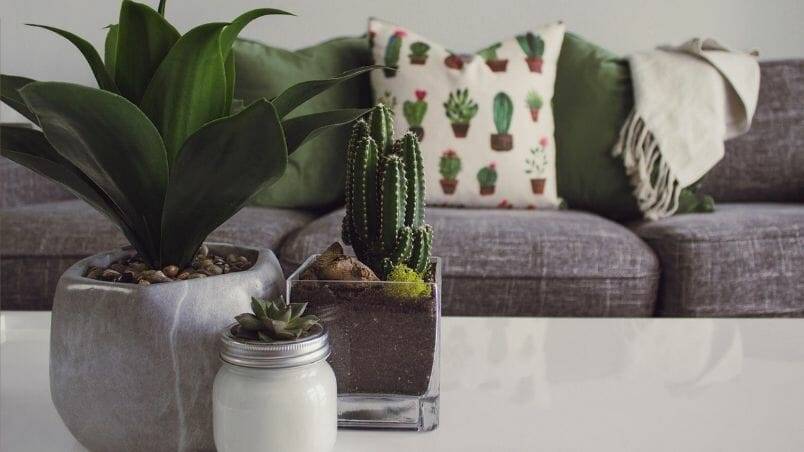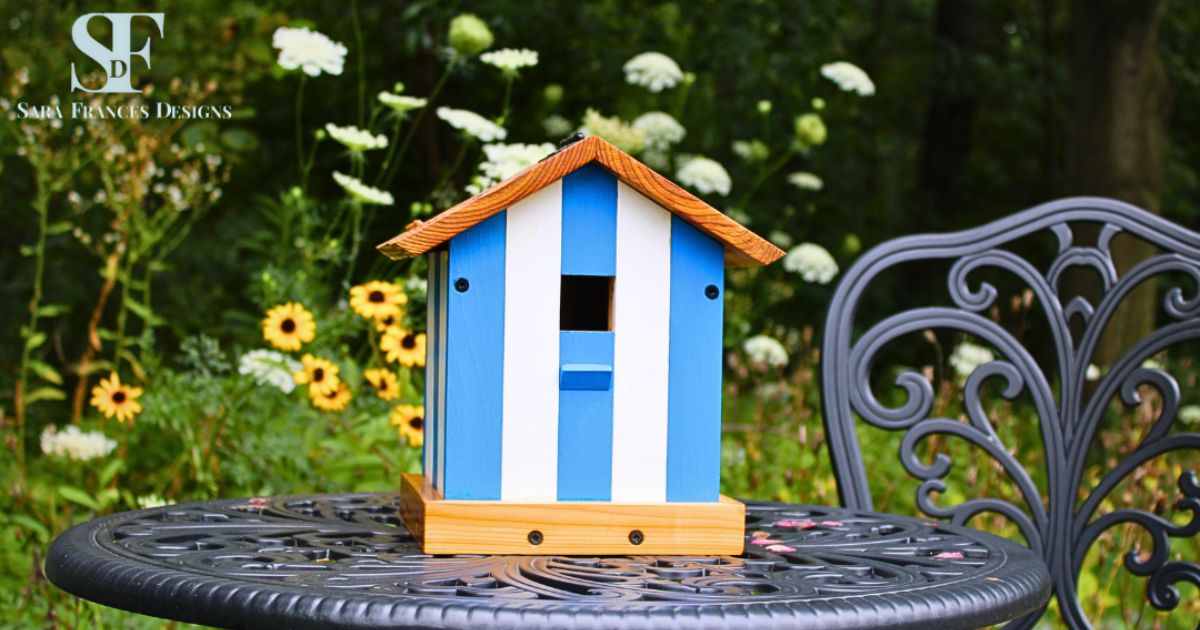However, according to the EPA (Environmental Protection Agency) the air in your home is likely two to five times higher than outdoors.
The most popular indoor irritants and pollutants are dust, radon, carcinogens from cleaning supplies and building materials, as well as VOCs (Volatile Organic Compounds), mold, cigarette smoke, and more. The good thing is that a few simple steps such as creating consistent air flow through your home and using the right filters can help a lot. Additionally, and often a more effective yet less used alternative is adding plants to your indoor environment to purify the air.
Here are four plants that do a great job of removing household pollutants.
Mums Chrysanthemum
 In 1989 NASA released a research report that detailed the effects of certain plants in removing environmental toxins from the air as well as purifying the air quality of the surrounding environment. Topping that list are mums. These brightly and variably colored flowers help to reduce levels of ammonia, benzene, formaldehyde, and xylene.
In 1989 NASA released a research report that detailed the effects of certain plants in removing environmental toxins from the air as well as purifying the air quality of the surrounding environment. Topping that list are mums. These brightly and variably colored flowers help to reduce levels of ammonia, benzene, formaldehyde, and xylene.
Mums do great indoors as long as they stay moist with daily watering when the top soil is dry and receive plenty of indirect sunlight. That means if you place them near a window facing the East or West, you’re likely to see a lot of color and breathe better.
Peace Lilly
 Peace lilies are statuesque and beautiful; the ballerina of the plant world and would look great in any room of your house from the kitchen to the bedroom. They are also great for people, who let’s say don’t have a green thumb. Peace lilies don’t need a lot of light to thrive, and they will tell you when they need more water by drooping slightly. Peace lilies will live for years and that means years of improving your air quality. These lilies are great at removing formaldehydes, trichloroethylene, ammonia, and benzene.
Peace lilies are statuesque and beautiful; the ballerina of the plant world and would look great in any room of your house from the kitchen to the bedroom. They are also great for people, who let’s say don’t have a green thumb. Peace lilies don’t need a lot of light to thrive, and they will tell you when they need more water by drooping slightly. Peace lilies will live for years and that means years of improving your air quality. These lilies are great at removing formaldehydes, trichloroethylene, ammonia, and benzene.
Snake Plant
 Similar to the Peace Lily, Snake Plants have don’t require much light to flourish. In fact, if you neglect your plants, this is the plant which is up for a challenge as it does well when under pressure with long stretches without water. With broad firm leaves and a look similar to marbled jade, this plant is great at taking benzene, xylene, formaldehyde, and trichloroethylene from the air.
Similar to the Peace Lily, Snake Plants have don’t require much light to flourish. In fact, if you neglect your plants, this is the plant which is up for a challenge as it does well when under pressure with long stretches without water. With broad firm leaves and a look similar to marbled jade, this plant is great at taking benzene, xylene, formaldehyde, and trichloroethylene from the air.
Aloe
 Formaldehyde is curiously high in many peoples’ homes. This is because formaldehyde is highly volatile, meaning it quickly evaporates which is sped up in high humidity and high temperature environments. Many items from building materials to household cleaners contain the chemical, but too much exposure can lead to skin, eyes, nose, and throat irritation. Luckily there is Aloe, a virtually indestructible plant that does well with limited watering and has virtually no light requirements. Additionally, aloe has several other health benefits such as sunburn relief when you apply the gummy inside to your burn.
Formaldehyde is curiously high in many peoples’ homes. This is because formaldehyde is highly volatile, meaning it quickly evaporates which is sped up in high humidity and high temperature environments. Many items from building materials to household cleaners contain the chemical, but too much exposure can lead to skin, eyes, nose, and throat irritation. Luckily there is Aloe, a virtually indestructible plant that does well with limited watering and has virtually no light requirements. Additionally, aloe has several other health benefits such as sunburn relief when you apply the gummy inside to your burn.
Plants are an attractive way to improve the air quality in your home by reducing or removing common household pollutants like formaldehyde, benzene, ammonia, and trichloroethylene. So, next time you head to the local nursery, check out these great purifiers.













